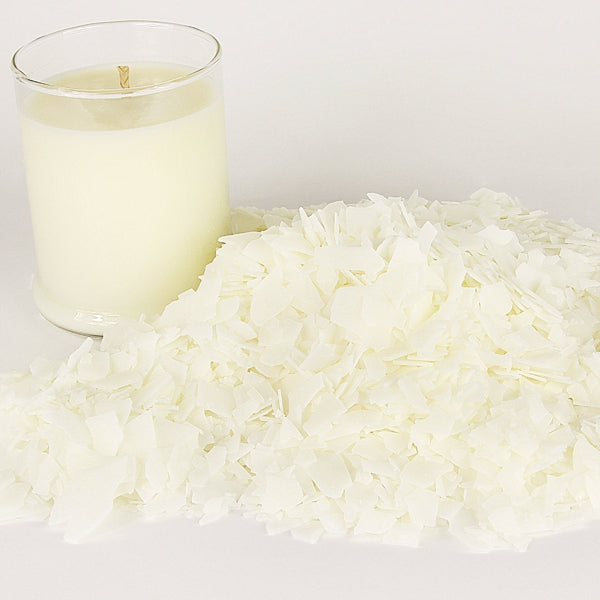From Wick to Wax: Understanding the Chemistry Behind Soy Wax Candles and Their Environmental Impact
As we brighten our rooms with the warm radiance of candles, there exists a realm of complex chemistry behind the seemingly basic act of lighting a soy wax candle light. Join us as we decipher the scientific details behind soy wax candle lights and explore their implications on our setting.
Soy Wax Vs. Paraffin Wax
When contrasting soy wax and paraffin wax for candle light making, it is crucial to understand the distinctive qualities and advantages of each product. Soy wax is an all-natural, renewable energy stemmed from soybean oil, making it eco-friendly and environmentally friendly - crystal soy candles. On the other hand, paraffin wax is a result of oil refining, which increases worries regarding its ecological impact and sustainability
Soy wax candles melt cleaner and discharge less soot compared to paraffin wax candles, making them a much healthier choice for indoor air high quality. In addition, soy wax has a lower melting factor, enabling a longer-lasting candle light that disperses scent better. Paraffin wax, on the other hand, tends to burn faster and less easily, potentially launching unsafe chemicals right into the air.
From a sustainability viewpoint, soy wax is favored for its biodegradability and renewable sourcing, lining up with the growing consumer preference for environmentally aware items. While paraffin wax has been a standard choice in candle light making because of its cost and simplicity of usage, the shift towards environment-friendly alternatives like soy wax is gaining energy in the industry.
Chemical Structure of Soy Wax

Combustion Refine in Soy Candles
The chemical composition of soy wax straight influences the burning process in soy candles, influencing aspects such as burn time, fragrance launch, and ecological impact. When a soy candle light is lit, the warmth from the fire thaws the wax near the wick.
The burning efficiency of soy candles is influenced by the purity of the soy wax and the high quality of the wick. In addition, soy wax candle lights have a lower ecological effect compared to paraffin candle lights due to their eco-friendly and naturally degradable nature.

Ecological Benefits of Soy Wax

Considered a sustainable additional reading option to typical paraffin wax, soy wax offers remarkable environmental benefits that make it a popular selection among eco-conscious consumers. One considerable advantage of soy wax is its eco-friendly sourcing. Soy wax is stemmed from soybean oil, which is mostly grown in the USA. The farming of soybeans helps sustain neighborhood farmers and decreases the reliance on non-renewable nonrenewable fuel sources utilized in paraffin wax production. his comment is here In addition, soy wax is naturally degradable, suggesting it damages down naturally without releasing hazardous contaminants into the setting. This characteristic makes soy wax candles a much more ecologically friendly choice contrasted to paraffin wax candles, which are made from petroleum, a non-renewable source. Soy wax burns cleaner and creates less residue than paraffin wax, adding to much better interior air top quality and decreasing the requirement for cleaning and maintenance. Overall, the environmental benefits of soy wax line up with the growing demand for lasting and environment-friendly products out there.
Recycling and Disposal Considerations
Reusing and appropriate disposal of soy wax candle lights play an essential function in preserving ecological sustainability and minimizing waste in communities and households. When it comes to recycling soy wax candles, the very first step is to guarantee that the candle light has actually melted completely.

In terms of disposal, if recycling is not an option, soy wax candles are biodegradable and can be securely thrown away in most household waste systems. It is constantly advised to inspect with local recycling facilities or waste monitoring solutions for details standards on candle disposal to ensure proper handling and ecological protection.
Conclusion
In final thought, the chemistry behind soy wax candles reveals their ecological advantages over paraffin wax candles. Soy wax, stemmed from soybean oil, burns cleaner and produces less soot when contrasted to paraffin wax. The combustion procedure in soy candle lights is more effective, causing a longer and a lot more also burn. Additionally, soy wax is sustainable and biodegradable, making it a much more sustainable choice for candle production. Recycling and correct disposal of soy wax candles further add to their ecological influence.
When comparing soy wax and paraffin wax for candle production, it is necessary to comprehend the distinct characteristics and benefits of each material (home fragrance).Soy wax candles burn cleaner and release less soot compared to paraffin wax candles, making them a healthier selection for see this indoor air high quality.Thought about a sustainable alternative to traditional paraffin wax, soy wax provides noteworthy ecological advantages that make it a popular selection among eco-conscious consumers. Soy wax burns cleaner and generates much less residue than paraffin wax, contributing to far better indoor air high quality and lowering the requirement for cleansing and upkeep.In conclusion, the chemistry behind soy wax candles exposes their ecological advantages over paraffin wax candles